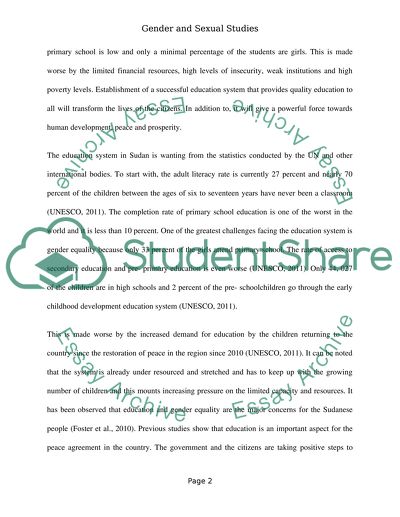Cite this document
(“Gender and Sexual Studies: Case Study of the Education System in Sudan Essay”, n.d.)
Retrieved from https://studentshare.org/gender-sexual-studies/1497178-why-and-how-is-gender-important-in
Retrieved from https://studentshare.org/gender-sexual-studies/1497178-why-and-how-is-gender-important-in
(Gender and Sexual Studies: Case Study of the Education System in Sudan Essay)
https://studentshare.org/gender-sexual-studies/1497178-why-and-how-is-gender-important-in.
https://studentshare.org/gender-sexual-studies/1497178-why-and-how-is-gender-important-in.
“Gender and Sexual Studies: Case Study of the Education System in Sudan Essay”, n.d. https://studentshare.org/gender-sexual-studies/1497178-why-and-how-is-gender-important-in.


